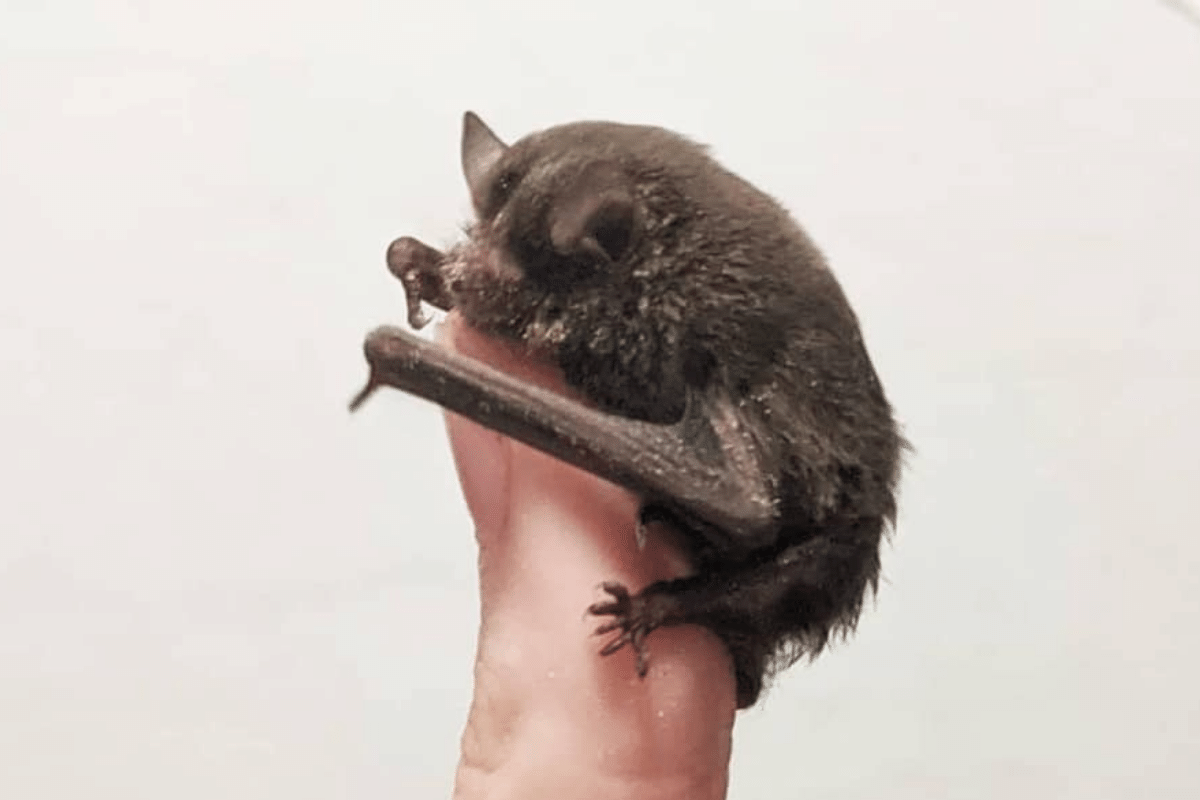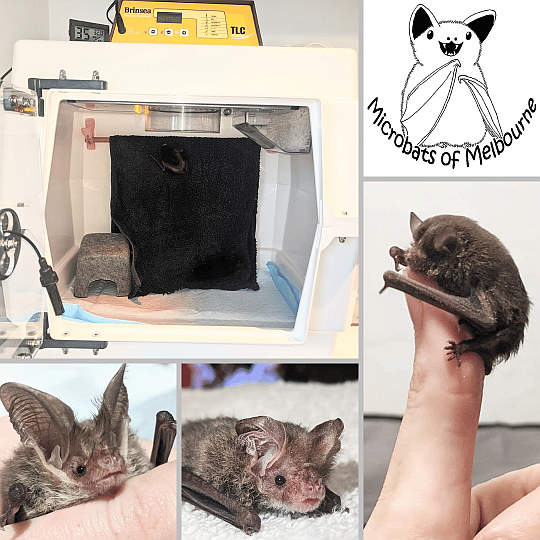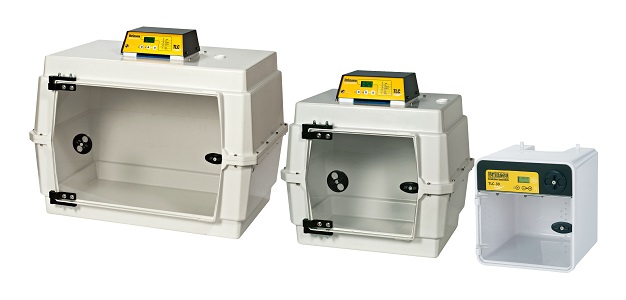Saving Microbats in Australia with Brinsea's TLC-40
How Brinsea's TLC-40 is helping to rescue and rehabilitate Victoria’s microbats.

My name is Ericka Tudhope, and I’m passionate about the rescue and rehabilitation of microbats in Victoria, Australia. As a vaccinated and DELWP-registered wildlife carer, I’ve been working with bats, particularly microbats, since 2018. My mission is to raise awareness of these incredible creatures and provide them with the care they need to survive and thrive.
What Are Microbats?
Microbats are small flying mammals with over 80 different species found across Australia. Known for their large ears, small eyes, and tiny wings, microbats range in size from the smallest, the little forest bat (weighing just 3 grams), to the largest, the ghost bat (weighing 150 grams). These fascinating creatures are found worldwide except in Antarctica and the Arctic, and they play a crucial role in our ecosystem by controlling insect populations.
My Journey with Microbat Rescue and Rehabilitation
I started working with microbats and flying foxes in 2018 and quickly became specialized in microbat rescue and rehabilitation by 2019. To raise awareness, I launched the Microbats of Melbourne Facebook page in December 2019, where I share photos and information about Melbourne’s smallest and most elusive residents. Since then, I’ve rescued over 200 microbats and continue to assist in emergency response efforts during heat events affecting flying foxes.

Microbats of Melbourne
The Role of Brinsea TLC-40 in Microbat Care
Thanks to the funding support from Wildlife Victoria, a not-for-profit Wildlife Emergency Response Service, I was able to purchase a Brinsea TLC-40 Thermal Life Support Cabinet. This invaluable piece of equipment has significantly improved my ability to care for sick or orphaned microbats by providing a temperature- and humidity-controlled environment.
Microbats are fascinating creatures, capable of entering a state called torpor – a sort of halfway point toward full hibernation where their metabolism drops dramatically to conserve energy. While this adaptation is useful during the colder months when insect populations decline, it’s not beneficial for sick or injured bats, as their bodies stop healing while in torpor. The Brinsea TLC-40 helps me maintain the ideal temperature (32-35°C) to encourage the healing process.
Caring for Orphaned Microbat Pups
Orphaned microbat pups face significant challenges, particularly when it comes to staying warm and hydrated. Born hairless, they rely on their mother and the colony to maintain warmth. When pups are brought into care, dehydration is the biggest threat to their survival. The Brinsea TLC incubator allows me to maintain the necessary humidity levels (60-80%) to keep the pups hydrated until they grow their fur at around 3-6 weeks of age.
The Importance of Public Support and Donations
As a wildlife carer, much of my work is voluntary, and equipment like the Brinsea TLC-40 is only possible through grants from organizations like Wildlife Victoria, funded by generous public donations. I am deeply grateful to everyone who has supported my efforts through donations or supplies. A special thanks to Designer Bums, a Baby & Children’s Clothing Store, for donating play mats, which have been perfect for lining the cages and TLC units. These mats are more sustainable than traditional options and help control odor better than towels.
To learn more about my work with Microbats of Melbourne, follow me on social media:
- Facebook: Microbats of Melbourne
- Instagram: Microbats of Melbourne
- Donate: paypal.me/microbatsofmelbourne
Thank you to everyone who continues to support Australia’s incredible wildlife!


